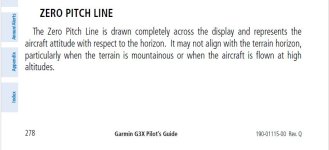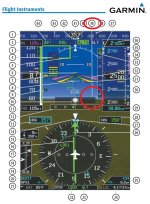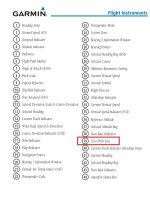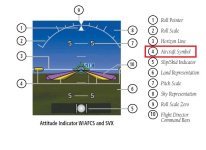marchudson
Well Known Member
For some reason in level flight, the FPV always shows about 1-2 degrees high. I tried adjusting the pitch compensation but that didn’t work. See attached photo for details. Anyone have any ideas?
Thanks
Marc

Thanks
Marc









